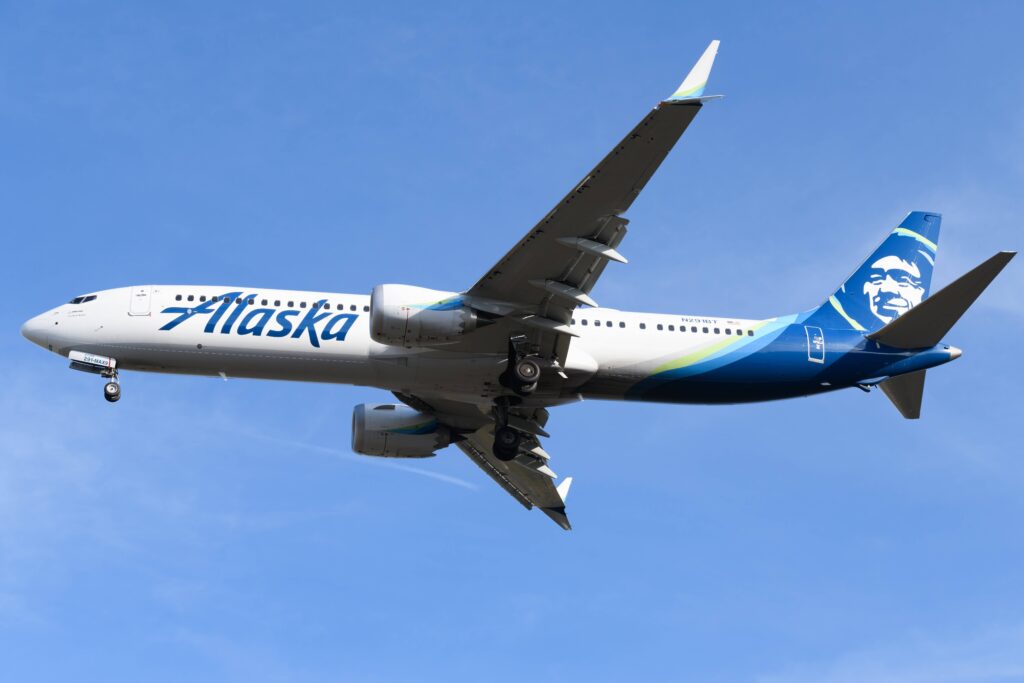Alaska Airlines is speeding up its shift to an all-Boeing 737 fleet for mainline operations and an all-Embraer E175 fleet for its regional operations.
The US carrier currently operates a mix of B737 and Airbus A320 family aircraft on the mainline, while the regional fleet comprises the E175 and De Havilland Q400 aircraft.
The shift in its fleet, currently standing at over 300 aircraft, is expected to be complete by the end of 2023, Alaska said in an investor day press release on March 24, 2022. The fleet is also due to increase to 396 by the end of 2026, including options for Boeing 737 MAX aircraft.
Alaska had 40 Airbus and 177 Boeing 737s in its mainline fleet at the end of 2021. That is due to rise to 241 Boeing 737s by the end of 2023.
Meanwhile, the regional fleet, currently 32 De Havilland Q400s and 62 E175s, will consist of 82 E175s by the end of 2023.
“Consistent with Alaska’s low-cost high productivity mindset, these transitions are expected to drive significant economic benefits,” it said in the press release. The investor presentation slides showed that the single fleet strategy will bring $75 million in annual cost savings.
The company also said it planned to invest in four of its main hubs – Seattle, Portland, San Francisco and Los Angeles. Alaska Airlines said a total $2.3 billion in infrastructure investments would help give a “more seamless and enjoyable travel experience for guests”, such as by providing more access to gates and upgrading lounges and lobbies.
The airline also confirmed some financial metrics for the year. It expects to be profitable in March on a pre-tax basis and throughout the rest of 2022. It predicts capacity up between 1-3%, costs excluding fuel rising by 3-5% and capital expenditures of $1.6-$1.7 billion.
Slides showed it has hedged 50% of its 2022 fuel requirements, which it estimates will bring a benefit of around $200 million.
“Alaska’s team is committed to outperforming the industry, even while navigating a choppy pandemic recovery and near-term economic volatility,” said Shane Tackett, executive vice president finance and Chief Financial Officer of Alaska Air Group in the press release.
